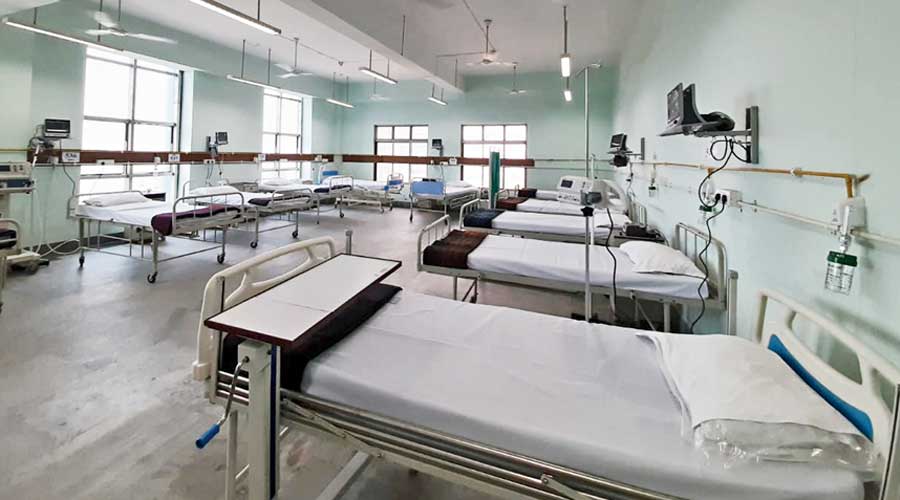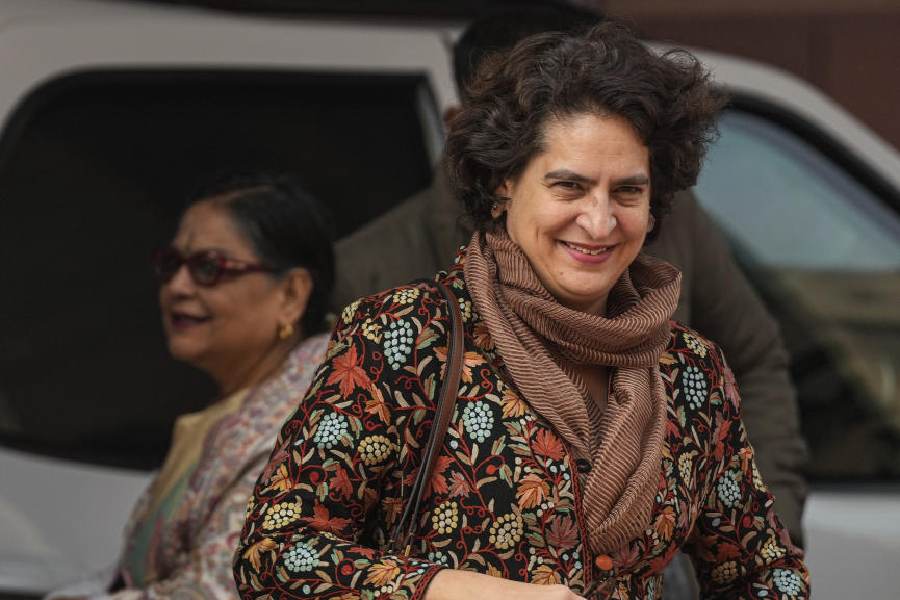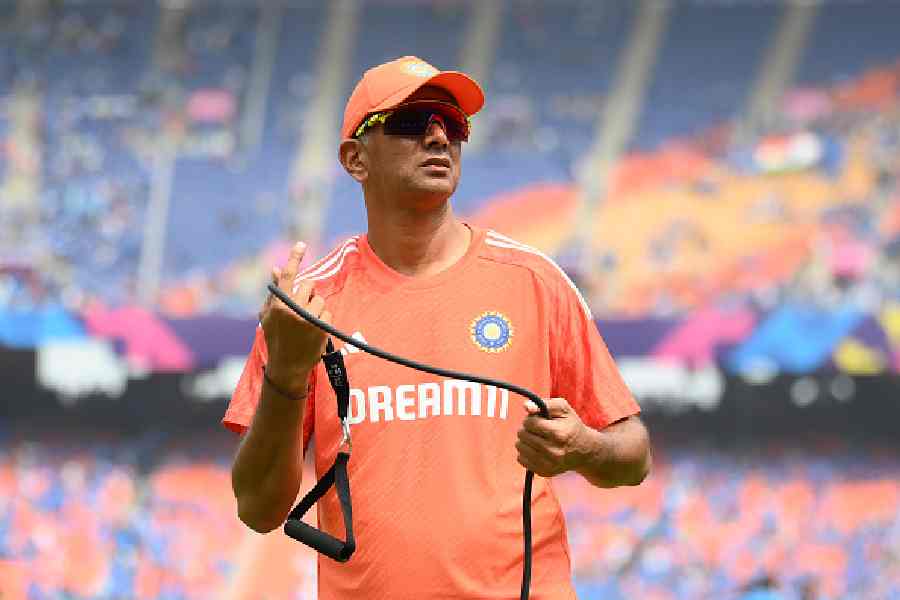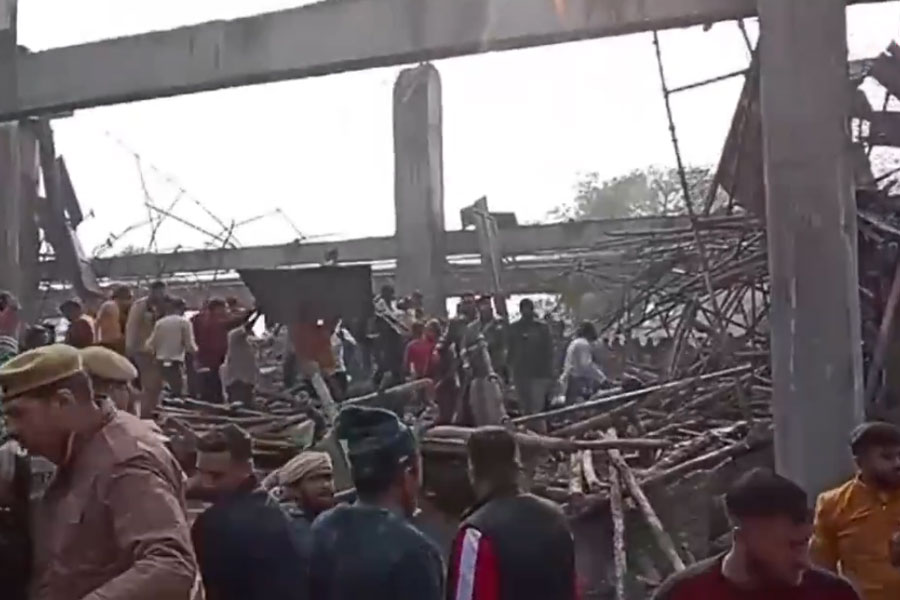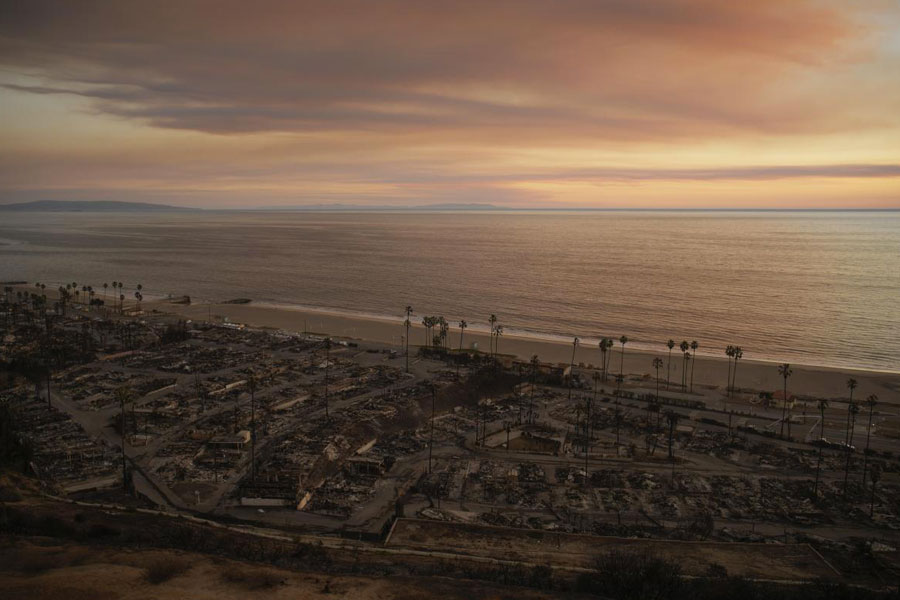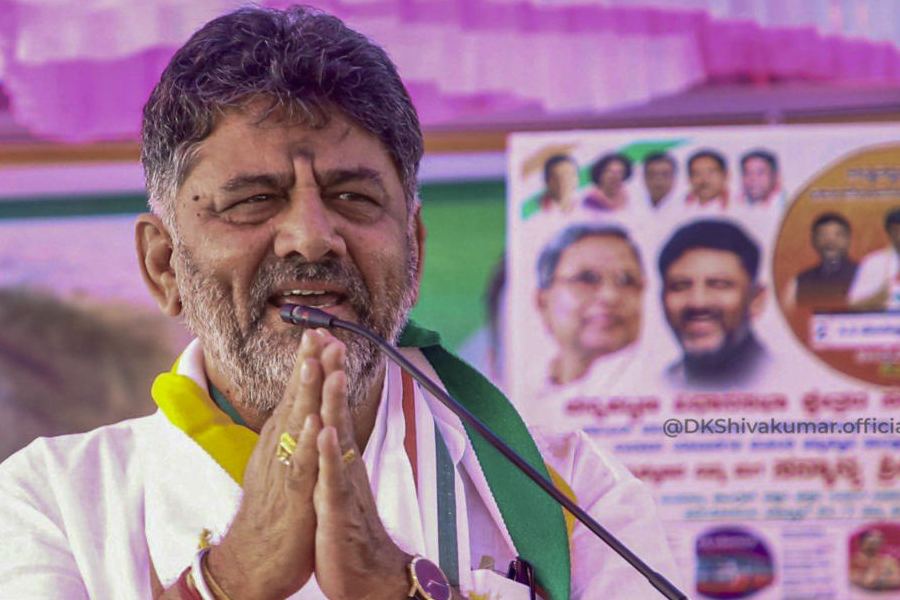In-hospital mortality for injured children is 22 times higher in India than in the US, according to a study that has deepened concerns in medical circles that India is probably losing children who could potentially be saved.
The study has also found that children in India classified with mild injuries paradoxically showed the highest relative risk of mortality compared with children in the US. Researchers say this indicates that doctors might be missing serious injuries in some children early during diagnosis and treatment.
Researchers at the University of Vermont in the US and collaborators in India compared paediatric injury outcomes in over 123,000 children in the US and 3,300 in India.
They used data from the US National Trauma Data Bank and India’s Towards Improved Trauma Care Outcomes (TITCO), a nationwide research consortium seeking to strengthen trauma treatment. The India data came from hospitals in Calcutta, Chennai, Mumbai and New Delhi.
Children in India had higher relative risks of mortality irrespective of the cause of injury. The relative mortality risk was nearly 19 times higher after falls, 31 times higher after road accidents, and 57 times higher after burns in children in India than in the US.
The absolute mortality was 1 per cent in the US and 13 per cent in India. But when adjusted for cause and severity of injuries and other factors that could influence outcomes, the relative mortality risk was 22 times higher in India.
The study also found that comparative mortality was highest among children with the lowest level of injury severity — a relative risk 167-fold higher in mild injuries, 52-fold higher in moderate injuries and 21-fold higher in severe injuries.
Trauma care specialists say a possible explanation for this counterintuitive finding could be different diagnostic protocols typically adopted in the US and in India. Doctors require imaging to look beyond visible cuts, lacerations, or bleeding from the nose or head.
“On arrival in resource-rich US emergency departments, usually all the injured will immediately get a full-body CT scan,” said Nobhojit Roy, a surgeon and public health specialist with TITCO, and a study team member. The researchers have published their findings in the Journal of Pediatric Surgery.
“The lack of full investigations on arrival means some Indian trauma patients might receive lower injury severity scores and the higher mortality could be due to missed potentially-fatal injuries. Such patients could have been saved through better investigations,” Roy told The Telegraph.
The study has also revealed differences in the causes of paediatric injuries in the two countries.
For instance, 48 per cent of injuries in India were due to falls compared with 25 per cent in the US. Indian children also suffered more burn injuries (14 per cent) than US children (7 per cent). And 3 per cent children in the US had gunshot wounds, but none in India.
“Our findings point to actionable differences in addressing paediatric trauma mortality in both India and the US,” said Stas Amato, a general surgery resident at the University of Vermont Medical Centre and a study team member.
Ajai Malhotra, a lead author of the study in Vermont, said India could develop its own diagnostic and treatment protocols that seek to involve cost-effective use of imaging scans but achieve similar results.
“The adoption of standard treatment protocols across healthcare institutions could contribute to improving treatment outcomes,” said Deepa Kizhakke Veetil, a general surgeon and a member of the TITCO consortium who was not associated with the study.
At present, many hospital emergency departments follow their own protocols, Deepa said. And while they may be broadly similar, subtle differences such as when to perform for X-ray or CT scans, could influence the treatment outcomes.
Deepa and her colleagues had five years ago reviewed 2,500 trauma deaths in Indian hospitals and estimated that half were potentially preventable through appropriate head injury management, timely resuscitation, and bleeding control. She said pre-hospital delays resulting from the lack of appropriate medical services during transportation might also contribute to preventable deaths.

